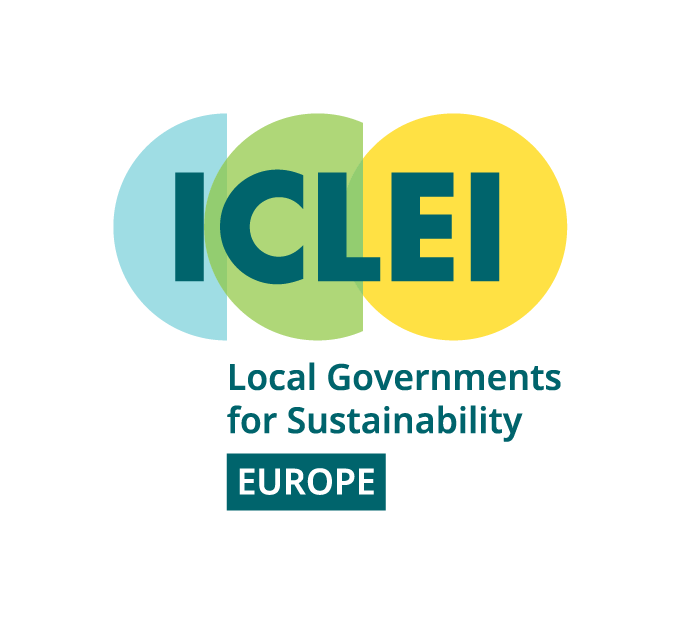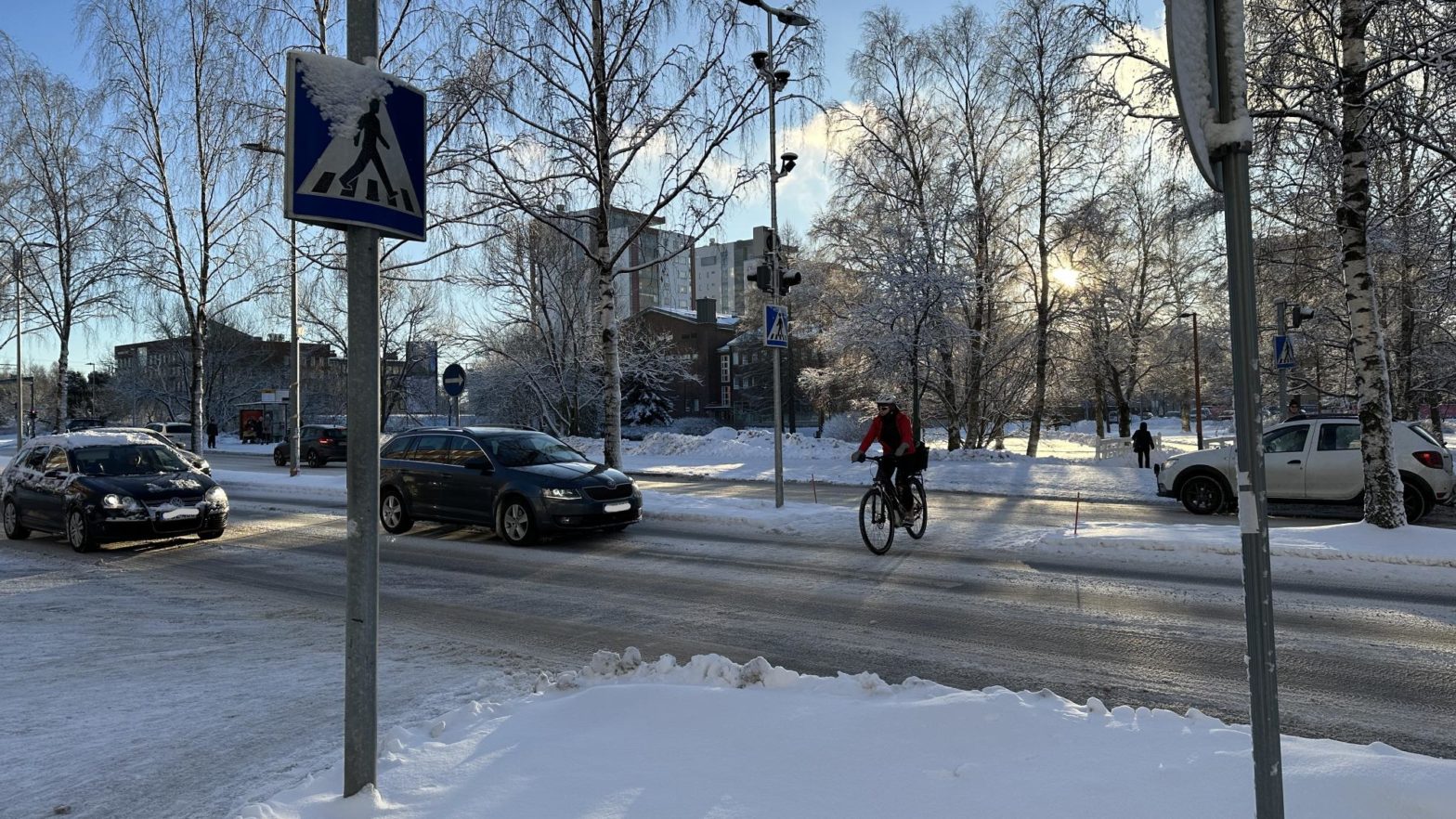
Photo: Photo H. Ruijters iclei
Achieving Europe’s ambition for climate-neutral cities
30 June 2022
Interview with Herald Ruijters, Director, Directorate-General for Mobility and Transport, European Commission
With regards to the goal of having 100 climate-neutral cities by 2030, what are the biggest obstacles to achieving this and what advice can you give to Europeans to help overcome them?
It is important to note that the Cities Mission has two simultaneous goals: achieving 100 climate-neutral cities by 2030 and ensuring that these cities act as centres of experimentation and innovation so that all European cities can become climate-neutral by 2050. The path towards climate neutrality is one of fundamental transformation, across all aspects of a city’s functioning. And cities are highly complex systems in which a huge number of structures intersect: energy use and production, building insulation, waste management, mobility, and many more.
That is why the Cities Mission aims to provide support to cities to find their own tailor-made way to reach climate neutrality. In a complex system with lots of factors, there is no easy or straight path to success.
My advice to citizens would be to get involved, be part of the debate and shape how their cities will look like in the future. This is why the Cities Mission has made citizen engagement and participatory processes an important part of its functioning; to make sure that at the end of the day every city is liveable and lovable for its people.
Given there are over 800 cities with more than 50,000 people in Europe, how do we upscale the learning of the 100 Climate Neutral cities and how do we “leave no city behind”?
Upscaling solutions that contribute to reaching climate neutrality will be a major task to reach EU-wide climate neutrality by 2050. The Cities Mission is an opportunity to use experiences from one city, while adapting them for another city with different characteristics. Instead of a one-size-fits-all approach, we start out recognising that what works in Copenhagen is going to be different from what works in Athens.
Cities participating in the Cities Mission will have access to a Mission Platform, where they will be able to share experiences with each other, but also work on projects together, through thematic or geographic or any other links. One goal of the Cities Mission is to facilitate this kind of collaboration between cities.
Another important aspect is the creation of national and regional support networks, which go beyond the cities participating in the Mission. Some EU countries already have created such networks and we are encouraging others to think about how cities, irrespective of their participation in the Mission, can connect among each other. In some Member states, participating cities have easier access to funding, reduced tax burdens and improved joint planning, regulatory support and networking.
Through the past two years of preparing the Cities Mission, what we have consistently seen is overwhelming interest and willingness from cities and city residents, to make progress towards climate neutrality. I am confident that cities have the drive and determination to do what it takes to become green and smart.
Do you think the drive for jobs in Europe means that mobility will pursue a technological focus even if this might not be the natural priority of cities to build better places for people?
Transport is among the economic sectors where skilled workforces are already scarce. The job vacancy rate for the transport sector is very close to that of the average rate: 2.2 percent in 2019, compared to 0.9 percent in 2012.
The types and nature of jobs will change; the occupations of drivers and technicians will change or disappear as a result of automation, and administrative jobs will change as a result of ongoing digitalisation. At the same time, IT and data proficiency, as well as soft skills, including communicative and problem-solving skills and creativity, will be important in future transport occupations.
Digitalisation and automation will have significant impacts on the way that we pay and navigate the transport network. Many countries within the EU are driving digitalisation and automation forward, in the belief that they will encourage more rapid economic growth and provide opportunities for citizens. As these changes progress, it is important to balance technological optimism of both transport authorities and technology manufacturers with an understanding of the human impact such changes may bring.
How can the EU support the profile of solutions other than electric vehicles in a meaningful way (e.g. funding, legislation, politics, etc.)?
We are increasing the sustainability of how we move around in cities from several angles to tackle the different challenges involved: congestion, greenhouse gas emissions, air and noise pollution, road safety, and pressure on urban space.
Last December, we presented a new EU Urban Mobility Framework which emphasises active mobility and public transportation along with Sustainable Urban Mobility Plans and a proposal for a revised TEN-T Regulation.
The new TEN-T Regulation will significantly step up efforts to build a sustainable, seamless and resilient trans-European transport network of the highest quality.
Cities on this network are the starting point or final destination for passengers and freight.
In our proposal, the ‘urban node’ status awarded to cities on the TEN-T network is extended to all cities with more than 100,000 inhabitants. This means 424 cities forming the network, and gaining access to EU funding for sustainable urban mobility planning.
The European Commission proposes that each of these cities should develop a Sustainable Urban Mobility Plan (SUMP) by 31 December 2025. The plan should set out how the city will improve accessibility to the urban area, and mobility within it, for people, businesses and goods.
Where does the “step change” come from between owning private vehicles and the move to the mainstream sharing of them, and when can we expect this to happen?
It is not easy to break from old habits, especially since infrastructure and design of many cities have been created for private vehicles. Moreover, the mentality and behaviour of citizens may change more slowly than the technical solutions and innovations already available.
We see this happening as gradual incremental changes, which will result in more and more shared vehicles in the streets of our cities and fewer private vehicles in circulation.
In cities, private vehicles are one of the main factors responsible for key challenges such as greenhouse gas emissions, pressure on urban space, congestion and air quality. This is why the new EU Urban Mobility Framework and other European Commission initiatives encourage the adoption of shared mobility solutions.
As an example, the Commission has offered a dedicated guidance under the Sustainable Urban Mobility Planning (SUMP) framework called “Integration of shared mobility approaches in SUMP” in order to ease up the facilitation of such approaches in cities and regions.
What advice do you have for cities in how to better tackle this challenge and accelerate the rate of behavioural change?
Implementing innovative transport projects can help. As an example, the EU-funded Interreg project CHIPS (Cycle Highways Innovation for smarter People Transport and Spatial Planning) developed and promoted cycle highways as an effective and cost-efficient low carbon solution for commuting to and from urban employment poles. The project developed solutions that can help cities and regions to establish cycle highways as a new mobility product. Such solutions can overcome the physical and behavioural barriers that prevent commuters from using cycle highways and maximise synergies between cycle highways and other means of transport.
In parallel to awareness-raising campaigns such as European Mobility Week public and private organisations such as companies, hospitals, schools or tourist attractions should be encouraged to develop incentive schemes and actions that promote the most sustainable forms of mobility. I’m happy that this important mobility management aspect has found its way, for the first time, into a Commission urban mobility policy. And we can already offer something to cities in that regard: we have published a case study on mobility management on Eltis – The EU urban mobility observatory – with insights and examples to successful implementation, and a dedicated toolbox.
It is often cheaper to fly or drive a private car between cities/countries, than it is to travel with more sustainable options such as trains. What can be done to help make sustainable travel the more convenient, affordable, and desired alternative?
Rail must become more affordable, cross-border journeys must be easy to plan and book and we need modern infrastructure connecting all corners of Europe, allowing truly everyone to choose rail – not only because it is sustainable, but because it is the most convenient option. To make this happen, we have adopted an Action Plan with concrete measures to boost rail, but we need everyone on board – and I count on decision-makers at the local, regional and national level as well as our innovative rail sector to go the extra mile and bring about this rail renaissance.
At the same time, all transport modes have their role to play to achieve the green transition, which is why we’re working on making all transport modes more sustainable. Our Sustainable and Smart Mobility Strategy includes concrete milestones to keep the European transport system’s journey on track to achieve the 90 percent cut in emissions that is needed by 2050.







